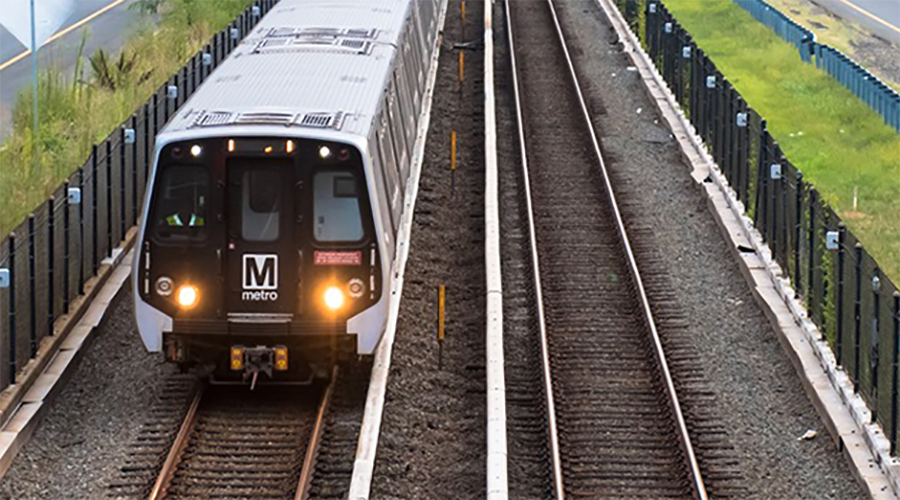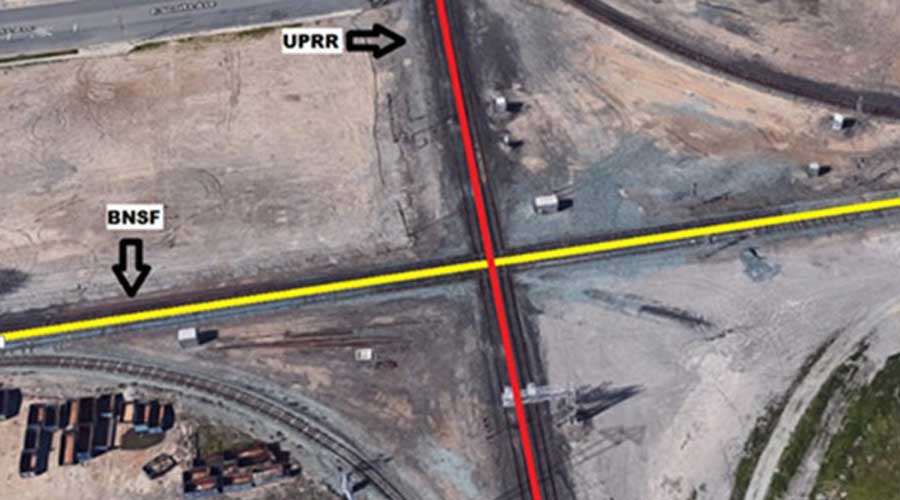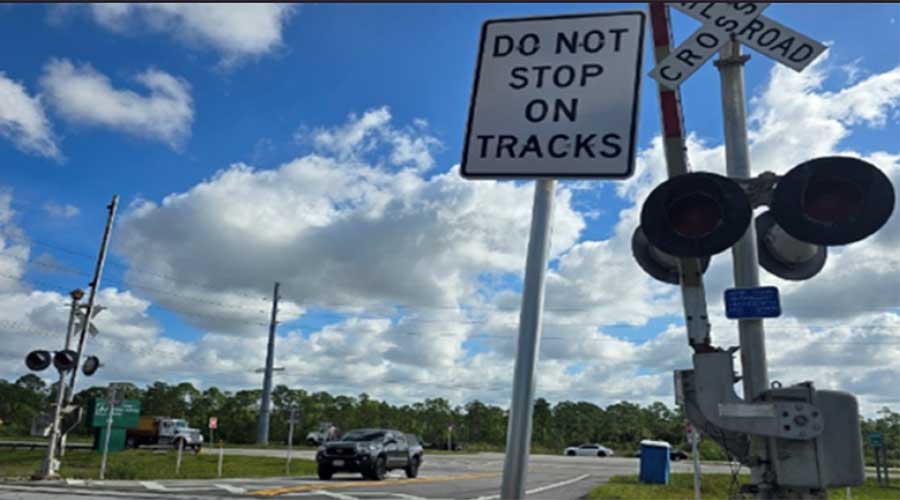Newsletter Sign Up
Stay updated on news, articles and information for the rail industry
Stay updated on news, articles and information for the rail industry
RAIL EMPLOYMENT & NOTICES
Rail News Home
Mechanical
Rail News: Mechanical
7/31/2012
Rail News: Mechanical
Economic Planning Associates drops 2012 rail-car deliveries projection from 58,000 to 55,300
advertisement
Rail-car demand that’s strengthened the past two years will "pause" for the next 18 months, then rebound in 2014, according to Economic Planning Associates Inc.’s (EPA) latest quarterly rail-car market report.
“On the surface, the 16,434 cars ordered in the second quarter was a strong improvement over the 12,473 cars ordered in this year’s opening quarter. A closer inspection of the data, however, indicates that demand for a variety of rail cars has weakened,” EPA officials said in the report.
Tank cars accounted for 83.5 percent of total orders in the second quarter. Excluding tank cars, car orders amounted to only 2,707 units, significantly below the 5,994 non-tank car orders registered in the first quarter.
“We are concerned about the underwhelming growth of the economy as manufacturers, oil and gas producers, and coal companies struggle with the increasing number of government regulations which are dampening our economic potential,” EPA officials said. “Hopefully, our economy can eventually embark on a stronger path of growth, which will improve railroad traffic, revenue and investments leading to continued healthy growth in rail-car demand.”
Since a general weakening has occurred among a number of car types, including coal cars, covered hoppers, Class F flat cars and intermodal platforms, EPA has lowered its second-half assembly rates for the cars. Lower than previously anticipated deliveries for the cars will be slightly offset by stronger production of tank cars and mill gons, EPA officials said.
Because of numerous market factors, the firm also reduced its total car deliveries projection for 2012 from 58,000 to 55,300 units.
“Assuming no further jolts to our economy from either Environmental Protection Agency regulations or the Administration, or external negative developments involving the financial environments abroad, we [then] look for a stabilization in demand for most car types, with the exception of small-cube covered hoppers,” EPA officials said. “Our estimate of an easing in assemblies of small-cube equipment from 14,000 units this year to 5,000 units in 2013 will serve to drop total rail-car deliveries from 55,300 this year to 45,800 in 2013.”
In the longer term, stronger economic activities will support certain car assemblies, while an improving financial environment, high gasoline prices and strong government backing stimulate greater demand for ethanol and DDG cars, EPA officials believe.
Car replacement pressures, technological advances and legislative measures also will play a role in promoting demand for various cars. In addition, construction activities are expected to return to higher levels; demand is projected to grow for petroleum products, chemicals, and food and beverages; air emission standards are set to tighten, thus promoting more use of lower sulphur western coal; worldwide nutritional needs are predicted to keep mounting; and exports, especially for grain, are forecasted to continue growing, EPA officials said.
In 2014, car deliveries will rebound to 50,800 units, then gradually increase the next three years, reaching 62,300 units in 2017, EPA predicts.
“On the surface, the 16,434 cars ordered in the second quarter was a strong improvement over the 12,473 cars ordered in this year’s opening quarter. A closer inspection of the data, however, indicates that demand for a variety of rail cars has weakened,” EPA officials said in the report.
Tank cars accounted for 83.5 percent of total orders in the second quarter. Excluding tank cars, car orders amounted to only 2,707 units, significantly below the 5,994 non-tank car orders registered in the first quarter.
“We are concerned about the underwhelming growth of the economy as manufacturers, oil and gas producers, and coal companies struggle with the increasing number of government regulations which are dampening our economic potential,” EPA officials said. “Hopefully, our economy can eventually embark on a stronger path of growth, which will improve railroad traffic, revenue and investments leading to continued healthy growth in rail-car demand.”
Since a general weakening has occurred among a number of car types, including coal cars, covered hoppers, Class F flat cars and intermodal platforms, EPA has lowered its second-half assembly rates for the cars. Lower than previously anticipated deliveries for the cars will be slightly offset by stronger production of tank cars and mill gons, EPA officials said.
Because of numerous market factors, the firm also reduced its total car deliveries projection for 2012 from 58,000 to 55,300 units.
“Assuming no further jolts to our economy from either Environmental Protection Agency regulations or the Administration, or external negative developments involving the financial environments abroad, we [then] look for a stabilization in demand for most car types, with the exception of small-cube covered hoppers,” EPA officials said. “Our estimate of an easing in assemblies of small-cube equipment from 14,000 units this year to 5,000 units in 2013 will serve to drop total rail-car deliveries from 55,300 this year to 45,800 in 2013.”
In the longer term, stronger economic activities will support certain car assemblies, while an improving financial environment, high gasoline prices and strong government backing stimulate greater demand for ethanol and DDG cars, EPA officials believe.
Car replacement pressures, technological advances and legislative measures also will play a role in promoting demand for various cars. In addition, construction activities are expected to return to higher levels; demand is projected to grow for petroleum products, chemicals, and food and beverages; air emission standards are set to tighten, thus promoting more use of lower sulphur western coal; worldwide nutritional needs are predicted to keep mounting; and exports, especially for grain, are forecasted to continue growing, EPA officials said.
In 2014, car deliveries will rebound to 50,800 units, then gradually increase the next three years, reaching 62,300 units in 2017, EPA predicts.


 2025 MOW Spending Report: Passenger-rail programs
2025 MOW Spending Report: Passenger-rail programs
 Gardner steps down as Amtrak CEO
Gardner steps down as Amtrak CEO
 Guest comment: Oliver Wyman’s David Hunt
Guest comment: Oliver Wyman’s David Hunt
 Women of Influence in Rail eBook
Women of Influence in Rail eBook
 railPrime
railPrime







